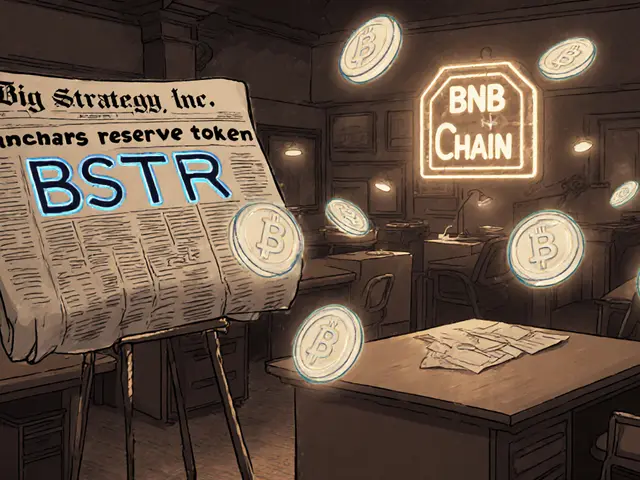Uniswap v3 Blast: How It Works, Why It Matters, and What You Can Do
When you trade crypto on Uniswap v3, a decentralized exchange that lets users trade tokens directly from their wallets without intermediaries. Also known as Uniswap Protocol v3, it introduced concentrated liquidity—a game-changer for how traders and liquidity providers interact with the market. Now, that same powerful engine is live on Blast, a layer-2 blockchain built to bring native Ethereum-like performance with native ETH yield for users. This isn’t just a copy-paste upgrade—it’s a shift in how DeFi capital moves.
Uniswap v3 on Blast lets you trade tokens like WBTC, USDbC, and native ETH with lower fees and faster confirmations than on Ethereum mainnet. Unlike older versions, you don’t have to provide liquidity across the whole price range. You pick a narrow band—say, between $3,000 and $3,500 for ETH—and earn more fees when prices stay there. That’s why liquidity providers on Blast are seeing higher returns, even with smaller amounts of capital. And because Blast natively earns yield on ETH deposits, your liquidity isn’t just active—it’s earning interest just by sitting there.
This setup pulls in traders who want cheap swaps and LPs who want better yields. It’s not just about swapping tokens anymore—it’s about stacking returns without moving your assets. Projects building on Blast now have direct access to one of the most liquid DEXs in crypto. That means new tokens get listed faster, deeper pools form quicker, and users get better prices without needing to bridge to other chains.
But it’s not without trade-offs. Concentrated liquidity means you’re exposed to impermanent loss if the price moves outside your chosen range. And while Blast is fast and cheap, it’s still new—so you’re trusting a relatively untested chain. That’s why many users start small, test the waters, and watch how liquidity shifts over time.
Below, you’ll find real guides and reviews that break down exactly how to use Uniswap v3 on Blast, what tokens are worth trading, how to set up your liquidity ranges, and which wallets work best. You’ll also see comparisons with other layer-2s like Base and Arbitrum, and warnings about scams pretending to be official Blast pools. Whether you’re a beginner trying your first swap or a pro optimizing your yield, the posts here give you the facts—not the hype.
Uniswap v3 on Blast offers lower fees and native yield for ETH and WBTC traders. A practical review of its performance, risks, and why it's a smart choice for Layer 2 DeFi users in 2025.
Continue reading




